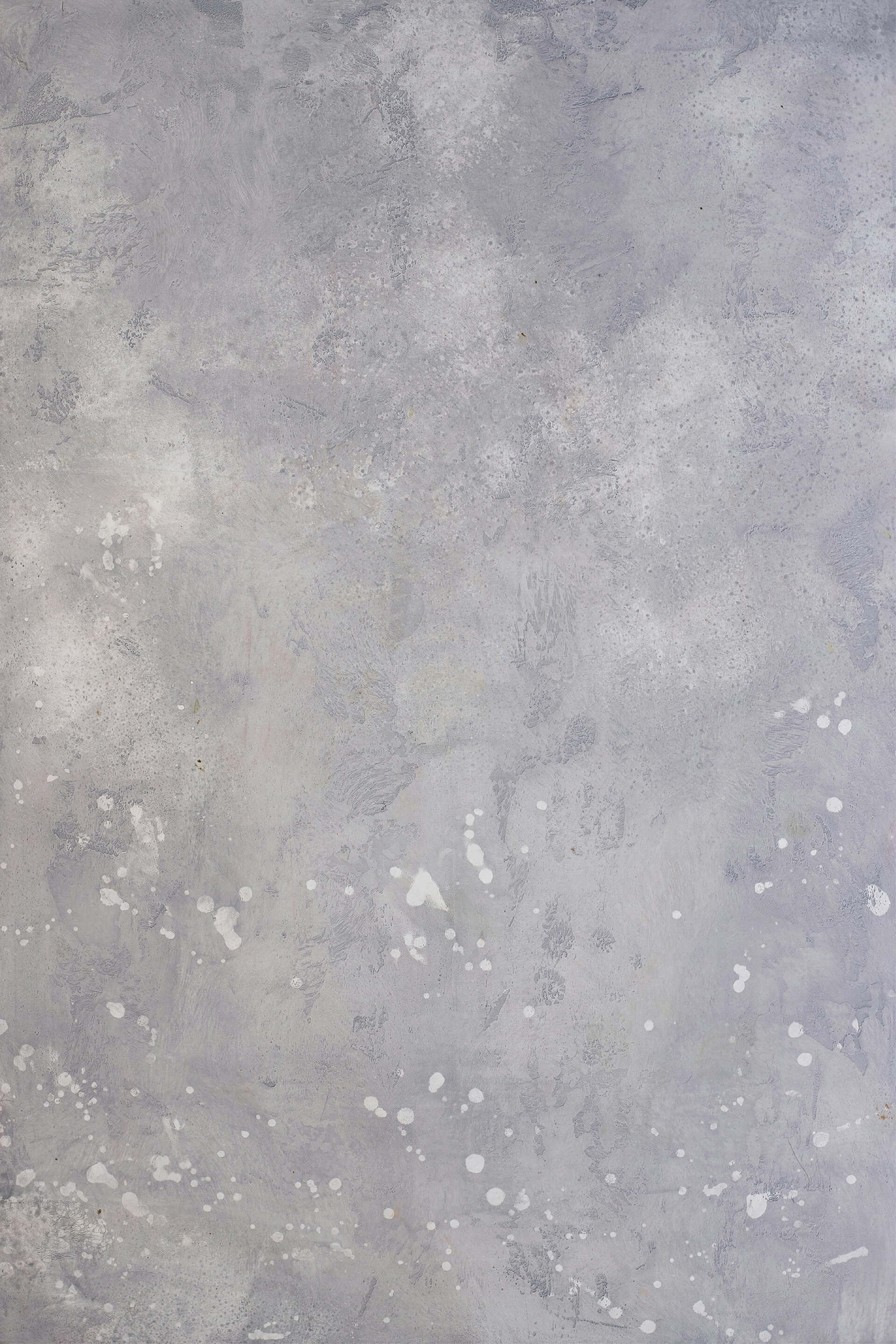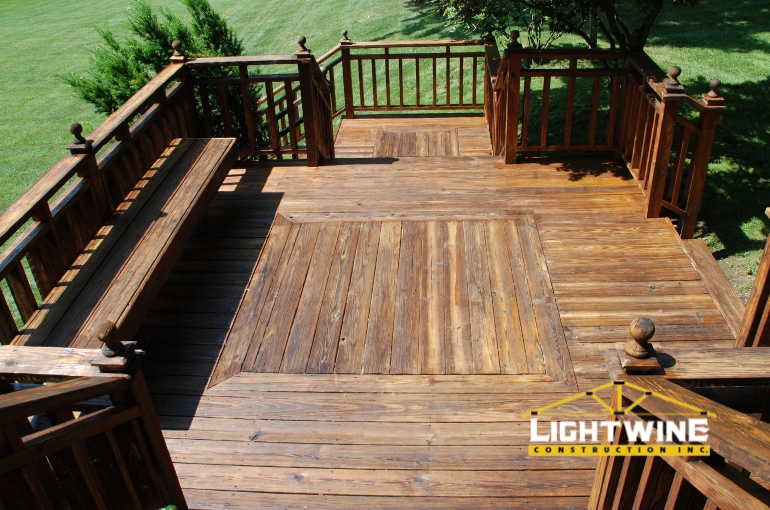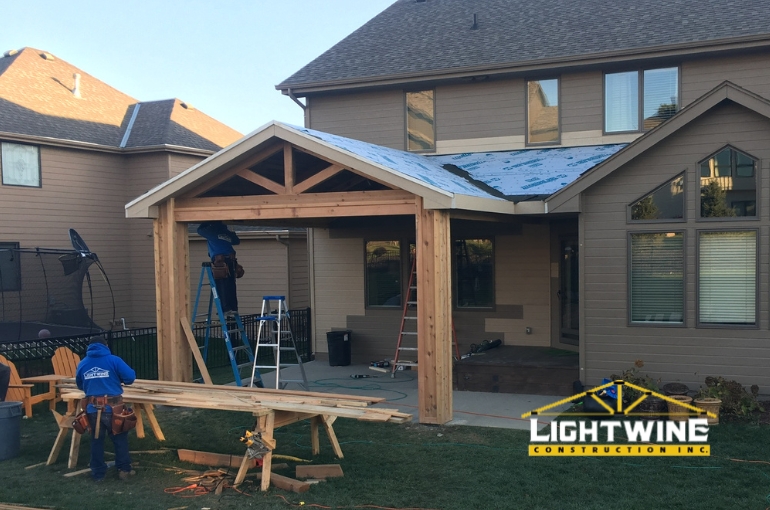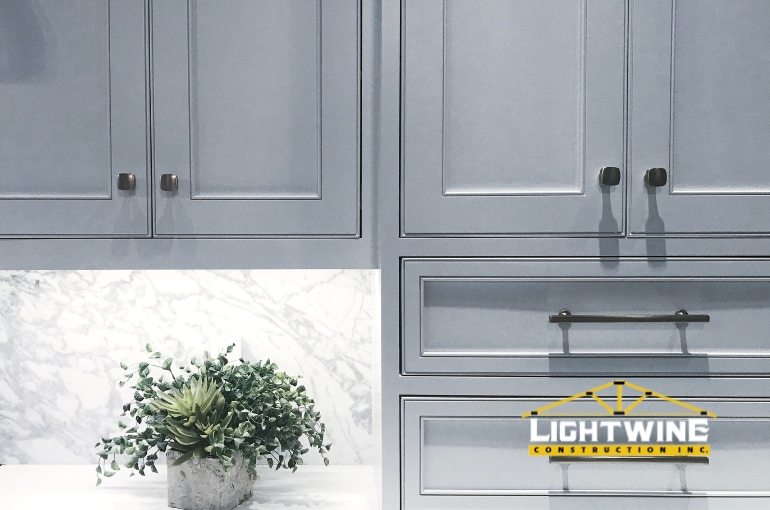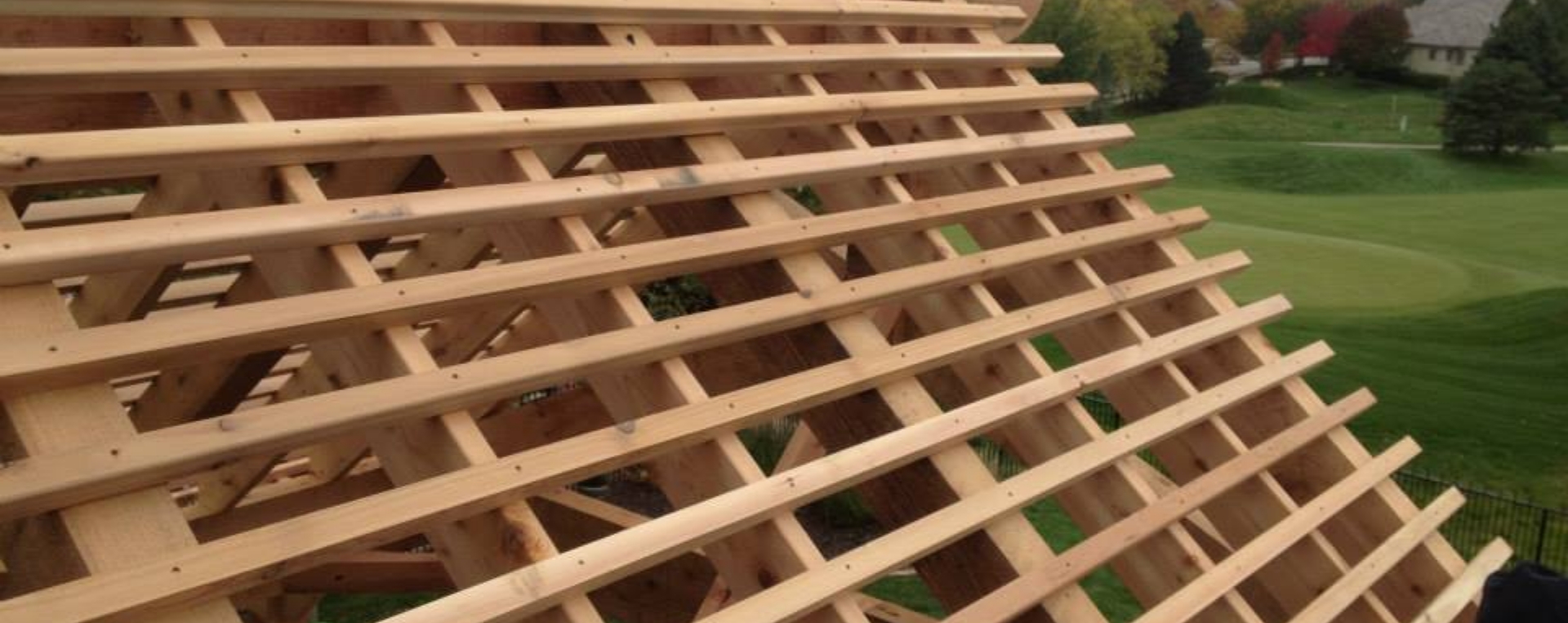1. Pressure-treated wood
Pressure-treated wood is one of the most common materials used for decking. It is treated with chemicals to resist rot, decay and insect damage, making it a durable choice for outdoor structures. This type of wood is generally more affordable than other options, which makes it a popular choice for budget-conscious homeowners.
Pros:
- Cost-effective: Generally less expensive than other decking materials.
- Durable: Treated to resist decay and insects.
- Versatile: Can be stained or painted to match your aesthetic preferences.
Cons:
- Maintenance: Requires regular maintenance, such as staining and sealing, to maintain its appearance and longevity.
- Chemical treatment: Contains chemicals that some homeowners prefer to avoid.
2. Cedar and redwood
Cedar and redwood are both naturally resistant to rot and insect damage due to their inherent oils. These woods have a beautiful, natural appearance and can add a touch of elegance to any deck. They are slightly more expensive than pressure-treated wood but offer a longer lifespan with proper care.
Pros:
- Natural beauty: Rich, warm colors and attractive grain patterns.
- Natural resistance: Resistant to rot and insect damage without chemical treatment.
- Less maintenance: Requires less maintenance than pressure-treated wood, though still needs regular care.
Cons:
- Cost: More expensive than pressure-treated wood.
- Maintenance: Requires regular staining or sealing to maintain its appearance and durability.
3. Composite decking
Composite decking is made from a mixture of wood fibers and plastic. This material is designed to mimic the look of wood while offering superior durability and low maintenance. Composite decking has become increasingly popular due to its long-lasting nature and ease of care.
Pros:
- Low maintenance: Does not require staining, sealing or painting.
- Durable: Resistant to rot, insects and weathering.
- Aesthetic variety: Available in a variety of colors and textures to match any style.
Cons:
- Cost: Generally more expensive upfront than wood options.
- Temperature sensitivity: Can become hot under direct sunlight.
4. PVC decking
PVC decking is made entirely from plastic and offers one of the longest lifespans among decking materials. It is highly resistant to moisture, insects and rot, making it an excellent choice for areas with harsh weather conditions.
Pros:
- Durability: Extremely resistant to weather, moisture and insects.
- Low maintenance: Requires minimal upkeep beyond regular cleaning.
- Variety: Available in many colors and styles.
Cons:
- Cost: Higher upfront cost compared to other materials.
- Appearance: Some homeowners prefer the natural look of wood over plastic.
5. Aluminum decking
Aluminum decking is an unconventional but highly durable choice. It is resistant to rust, rot and weathering, making it a low-maintenance option for homeowners seeking longevity.
Pros:
- Long-lasting: Extremely durable and resistant to the elements.
- Low maintenance: Requires little to no maintenance.
- Slip-resistant: Often designed with a slip-resistant surface.
Cons:
- Cost: One of the more expensive decking options.
- Aesthetic: Industrial look may not appeal to all homeowners.
When choosing materials for your deck, consider factors such as cost, maintenance, durability and aesthetics. Pressure-treated wood, cedar and redwood offer natural beauty and traditional appeal, while composite, PVC and aluminum provide long-lasting, low-maintenance alternatives. Each material has its pros and cons, so selecting the best one depends on your specific needs and preferences when working with deck builders Omaha.
Deck builders Omaha
At Lightwine Construction, we specialize in building custom decks that suit your lifestyle and enhance your home’s value. Contact us today to discuss your deck project and discover the best materials to create a beautiful, durable outdoor space that you’ll enjoy for years to come.
